Western Pyrenees 2019
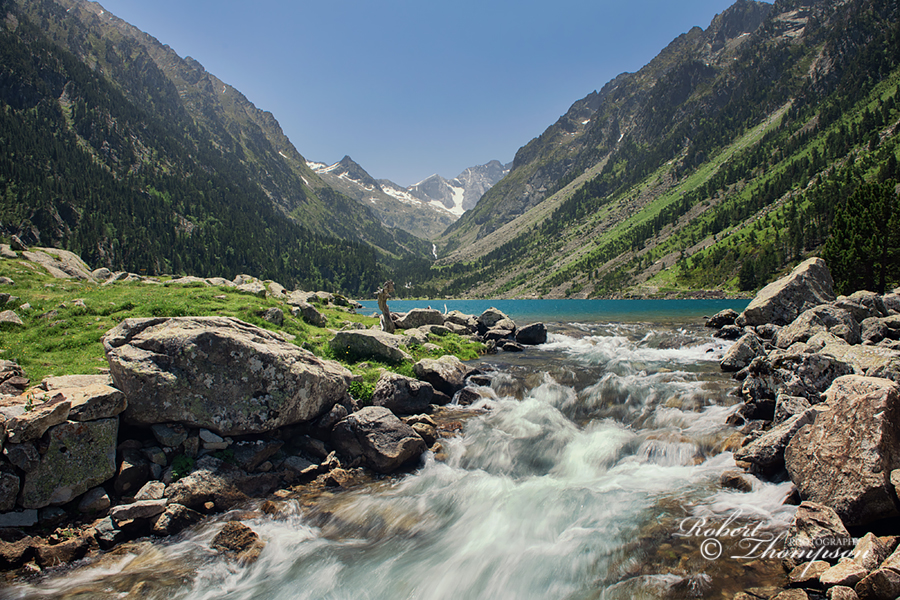
Lac de Gaube French Pyrenees
Nikon D850, 14-24 ultra wideangle lens, 5 stop ND filter, f/11, ISO 64, tripod.
The Pyrenees have been a favourite place of mine for many years. I have always been fascinated with this impressive range of mountains that stretch some 270 miles (430km) in length forming a natural boundary between France and the Iberian Peninsula.
These mountains differ in many ways from the Alps, in that they still retain much of their wilderness and isolation. The region encompasses many massifs, which divide the range into distinct areas. Some peaks exceed 3,000m and retain snow on their highest summits all year round. Deciduous forests carpet many of the mountain slopes, and fast-flowing rivers with impressive waterfalls are a familiar sight across the whole landscape.
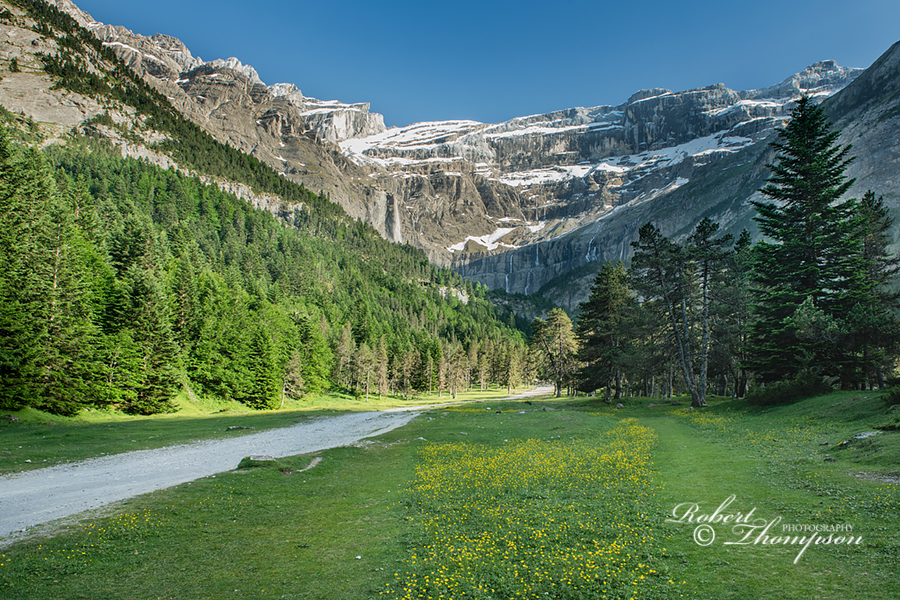
Cirque de Gavarnie French Pyrenees
Nikon D850, 24-70mm ultra wideangle lens, f/11, ISO 64, tripod.
I need little in the way of an excuse to visit this remarkable landscape, having run several workshops in the region and explored much of the south-west and central areas on several occasions. The Cirque de Gavarnie is perhaps one of the best-known locations within the chain and situated approximately 3km from the small village from which it takes its name.
We were based again in Luz Saint Sauveur, which is the largest town in the surrounding area. It’s approximately about 25 minutes from Gavarnie itself depending on how many roadside stops you make to admire the flora and the many butterflies and moths which are normally plentiful along the verges.
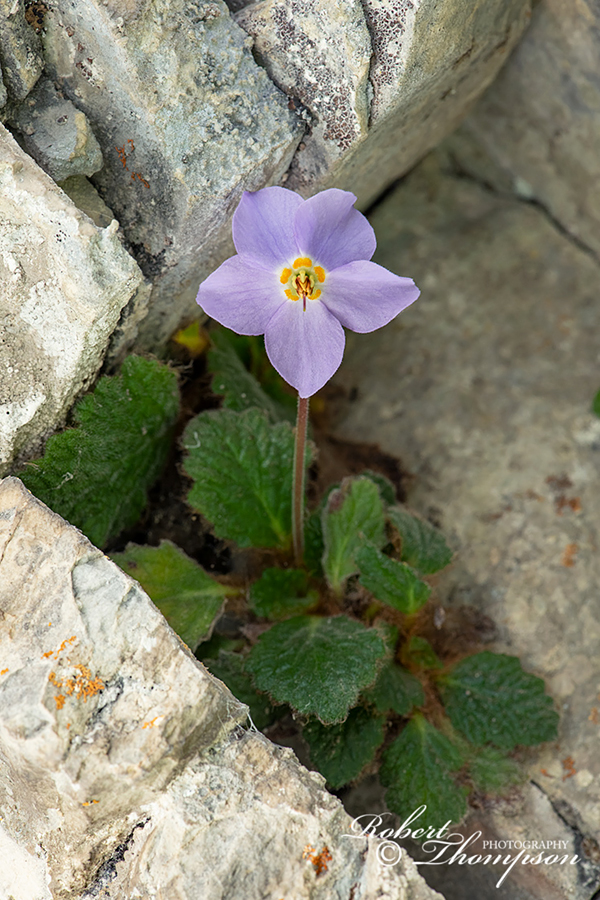
Pyrenean violet Ramonda myconi
Nikon D850, 105mm micro nikkor lens, f/11, ISO 400, tripod.
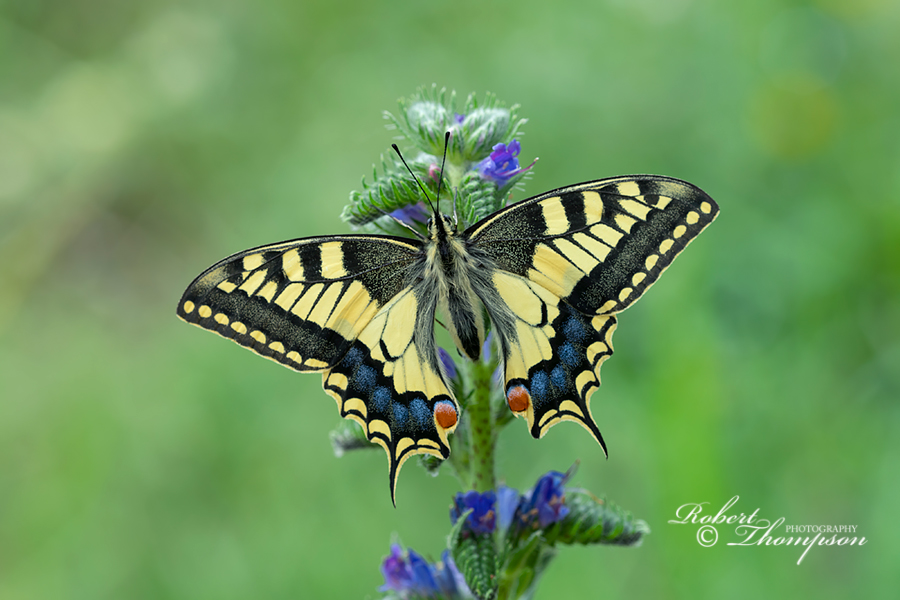
European Swallowtail Papilio machaon gorganus
Nikon D850, 200mm micro nikkor lens, f/11, ISO 200, tripod.
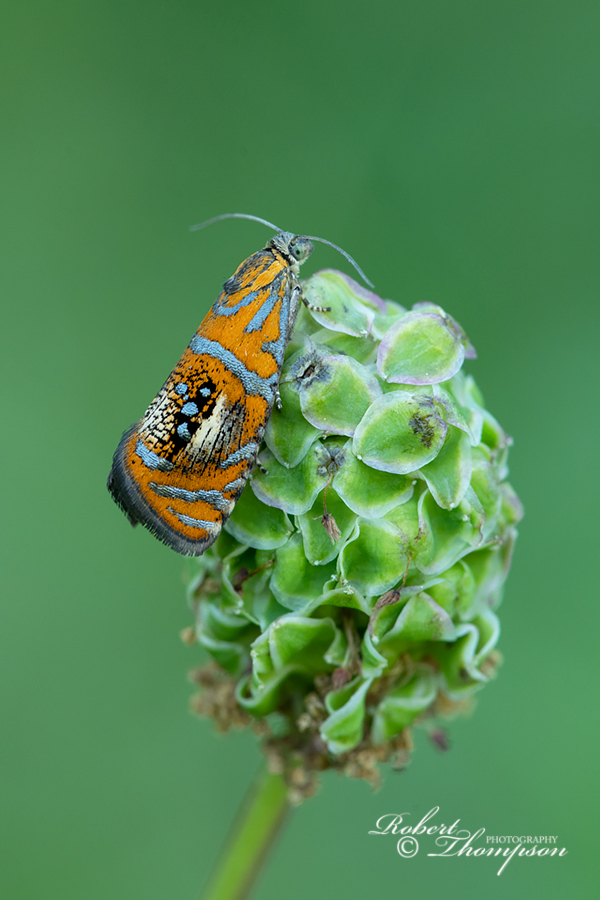
Arched Marble Olethreutes arcuella
Nikon D850, 200mm micro nikkor lens, f/16, ISO 800, tripod.
Having navigated through Toulouse, which is always a challenge, we arrived late in the evening at our base on the outskirts of the town. The following morning the sun was intense and temperatures were already high. This was the pattern for virtually all of our time here. These conditions made it extremely challenging for photography, not only of insects but landscape as well. The glare was intense on rocks and waterfalls. Many of the days were a combination of clear blue skies and higher than average temperatures, in the region of 35 -37 degrees on most days despite being 7,00 ft up on some occasions. Several miles of walking carrying heavy bags meant frequent stops. Most of our insect and plant photography was confined to the evening since conditions were so harsh during the day. Butterfly numbers were down compared to previous times; temperatures were even too hot or them. Most of our time was spent exploring the Gavarnie area. The valley encompasses some amazing scenery making it a magnet for walkers, photographers and those who appreciate nature at its best.
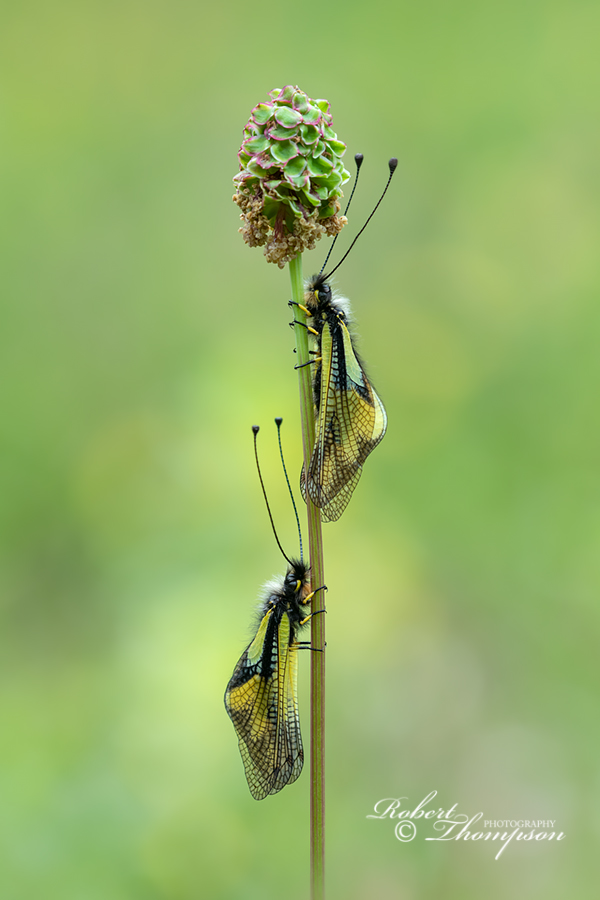
Owly Sulphur Libelloides coccajus
Nikon D850, 200mm micro nikkor lens, f/8, ISO 200, tripod.
The Cirque itself is a remarkable vista; once described by the French writer Victor Hugo as the ‘Coliseum of Nature’. It is a vast, glaciated Amphitheatre of staggered, almost vertical igneous rock rising some 1,400m (5,000ft) into the sky and is perhaps the most widely-known landmark within the western Pyrenees belt. Plunging from the vertical rock face at the head of the Gave de Pau is a 462m (1,515ft) waterfall known as ‘Grande Cascade de Gavarnie’ (apparently the highest in Europe), which can be seen from the adjoining meadows almost 3km away. It has also been recognised by UNESCO and designated as a world heritage site.
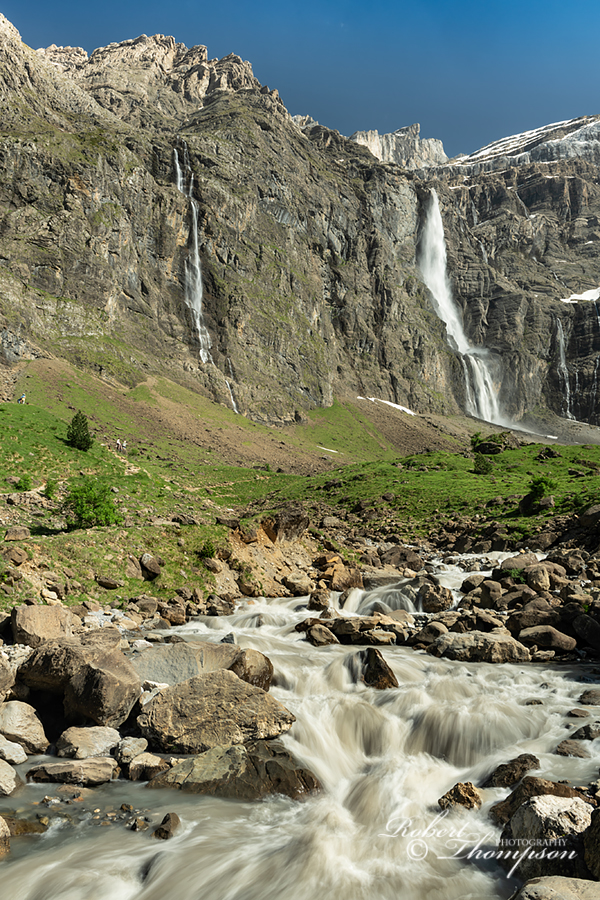
Grand Cascade Gavarnie
Nikon D850, 24-70mm ultra wideangle lens, 5 stop ND filter, f/11, ISO 64, tripod.
The combination of the Mediterranean and alpine climates produces a wide variation in plant and insect life throughout the range. The flora is rich and varied, with over 3,000 species recorded; more than enough to swell the digital cards of any photographer. A number of these are endemic and restricted to specific areas within the mountains. The main flowering period peaks in late June and July, but an early visit in the spring will see the foothills carpeted with irises, yellow rattle, gentians and narcissus followed later in the season with a range of orchids.
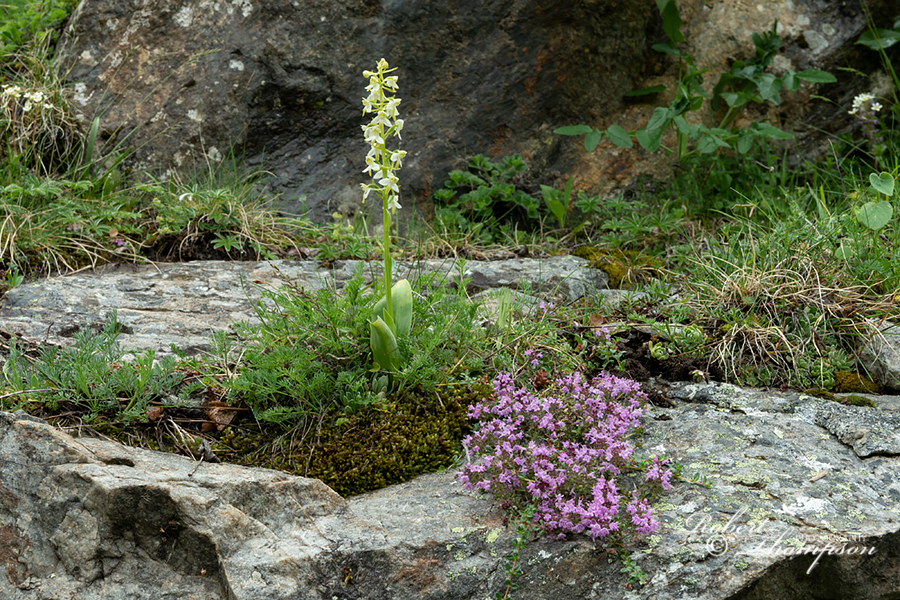
Greater Butterfly Orchid Platanthera chlorantha
Nikon D850, 24-70mm ultra wideangle lens, f/11, ISO 200, tripod.

Slender Scotch Burnet Zygaena loti
Nikon D850, 200mm micro nikkor lens, f/11, ISO 200, tripod.
There are many locations within the Gavarnie region including, the Ossoue Valley, the Cirque de Troumouse and the Barrage des Gloriettés; a local nature reserve and another well-known haunt for many endemics. It is also a reliable location to see lammergeiers, alpine choughs and griffon vultures among the frequent whistles of the alpine marmot’s. The scenery in this region is impressive with the Gave d’Estaube flowing through the valley and providing an attractive foreground against the snow-capped massif of the Cirque d’Estaube in the distance.
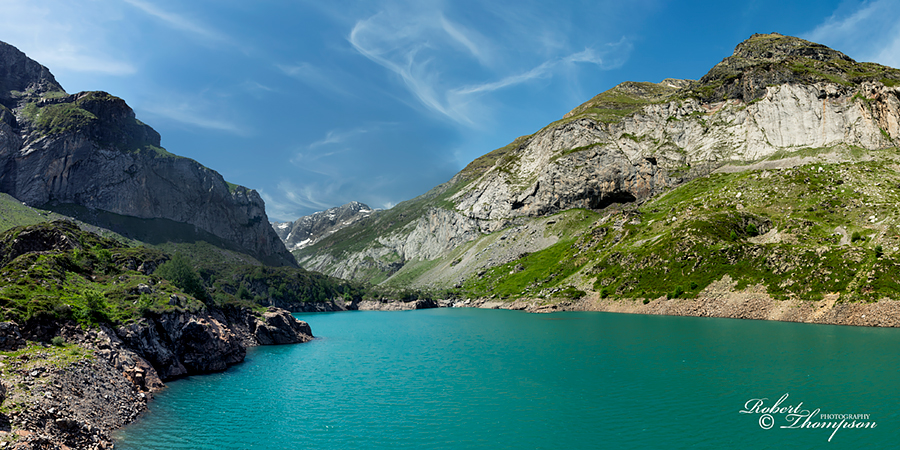
Lac des Gloriettes
Nikon D850, 24-70mm ultra wideangle lens, f/11, ISO 200, pano, tripod.

Cirque d Estaube River Lac des Gloriettes
Nikon D850, 14-24 ultra wideangle lens, 5 stop ND filter, f/11, ISO 100, tripod.
Another excellent location is the Lutor Valley near the small town of Cauterets. Driving up through spectacular pine woodland provides unique opportunities to photograph the numerous waterfalls en route to Pont d’Espagne. From there you can trek up to Lac de Gaube; an area of spectacular scenery.

Cascade du Pont d Espagne, near Cauterets
Nikon D850, 14-24 ultra wideangle lens, 5 stop ND filter, f/11, ISO 100, tripod.
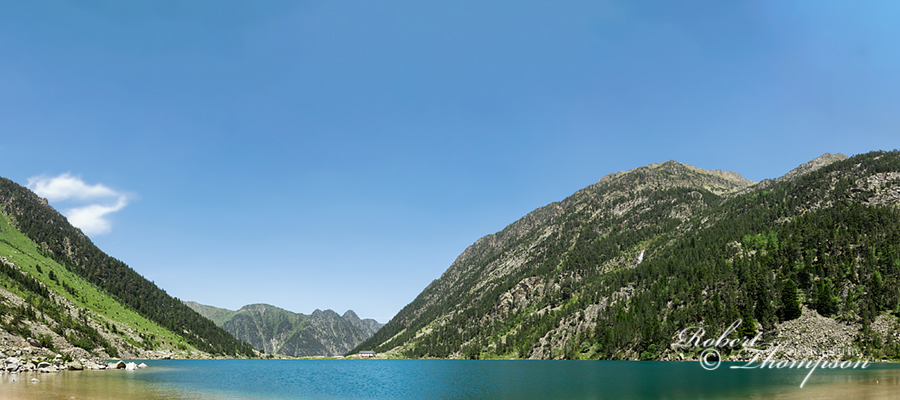
Lac de Gaube near Cauterets
Nikon D850, 24-70mm ultra wideangle lens, f/11, ISO 200, pano, tripod.
Despite the intense sun and higher than normal temperatures, we still managed to come away with some acceptable images. For more images go to the stock library tab on the menu bar.

